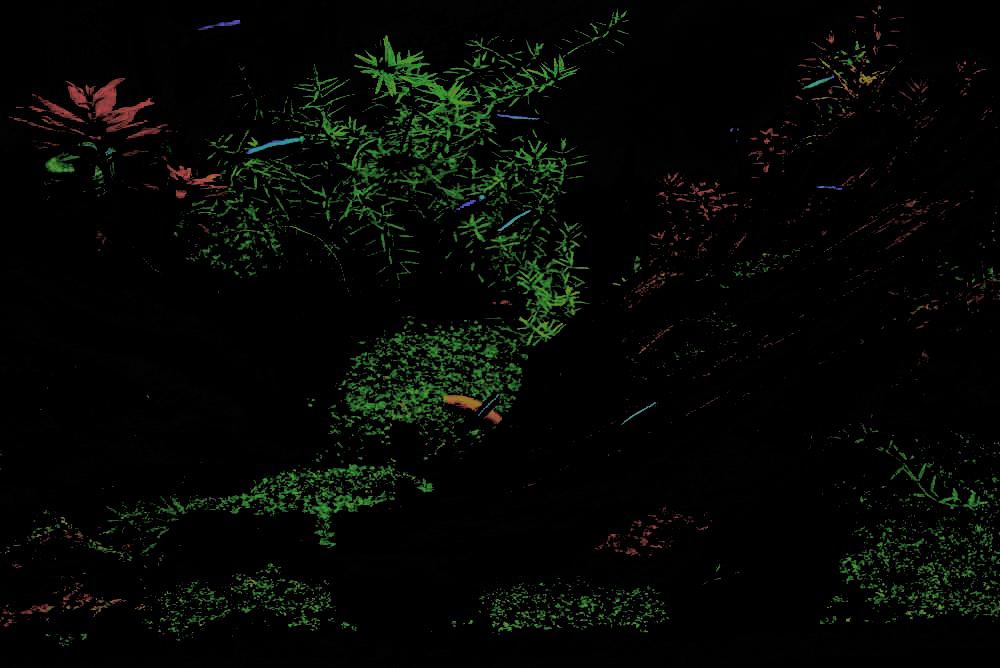
| Beluga Sturgeon | 15-20 feet |
| Alligator Gar | 8-9 feet |
| Giant Freashwater Stingray | 7-8 feet |
| Mekong Giant Catfish | 6.5-7.5 feet |
| Arapaima | 6-7 feet |
| Arowana | 3-4 feet |
| Clown Knife Fish | 3 feet |
| Oscar | 1 foot |
| Discus | 5-6 inches |
| Devils Hole Pupfish | 1-2 inches |
1. Beluga Sturgeon
The first fish we are going to be talking about is a beluga sturgeon.
They are on the critically endangered list because of their exquisite caviar and illegal trade.
They originate from the Ponto-Caspian Sea.
In the wild these sturgeon will usually eat fish since they are carnivores.
They will have around 700,000 babies but only 50,000 survive.
Their weight usually ranges from 1500-3500 pounds depending if they are male or female.
Usually they are not kept as pets because of their immense size.
But you can see them at some aquariums.

2. Alligator gar
The second fish I'm going to be talking about is an Alligator gar.
They are is on the rare/endangered list because of overfishing and new dams being built.
They originate from Louisiana, and parts of Mexico.
They are also the largest species of gar in the world.
In the wild most Alligator gar will feast on minnows and medium size fish.
But baby gar eats small fish and crustaceans, and insect larvae.
Alligator gar can lay and carry up to 138,000 eggs but only 10-20% will reach adulthood.
Alligator gar can weigh 100-160 pounds and maybe even 350 pounds.
These fish are sometimes a pet but they could outgrow your tank of pond soon because of their size,
But their in most aqauriums if you want to see them.

3. Giant Freshwater Stingrays
The third fish I'm going to be talking about is Giant Freshwater Stingrays.
They are on the endangered list because of overfishing and because of their habitats being destroyed.
They originate from the rivers of southeast asia and australia.
Giant Freshwater Stingrays are actually fish but they are flat and bottom dwelling fish.
Giant Freshwater Stingrays are also the largest of the stingray family as their name suggests "Giant" Freshwater Stingrays.
In the wild Giant Freshwater Stingrays will eat crustaceans and other invertebrates.
But in captivity they eat fish and other crustaceans.
And Giant Freshwater Stingray pups will eat earthworms and small fish.
Giant Freshwater Stingrays give live birth to pups and they give birth to 4-6 pups.
They can weigh up to 660 pounds and more.
These stingrays are probably not going to be a pet but they're in the Smithsonian National Zoo where you can see them.

4. Mekong Giant Catfish
The fourth fish I'm going to be talking about is the Mekong Giant Catfish.
They are on the critically endangered list because of overfishing and polluting their spawning grounds.
They originate from Myanmar, Thailand, Cambodia, and Vietnam.
Mekong Giant Catfish are sometimes compared in size to a grizzly bear because they have grown to ten feet in past records.
Mekong Giant Catfish are sometimes confused with iridescent sharks because of their body shape.
In the wild Mekong Giant Catfish will eat algae and other tiny plant life growing on the riverbed.
And Mekong Giant Catfish can lay between 3,000 and 50,000 eggs.
They can weigh 330 to 440 pounds.
These fish are also not pet and also rarely seen in a aquariums but they are kept conservation lake to keep their species alive and well
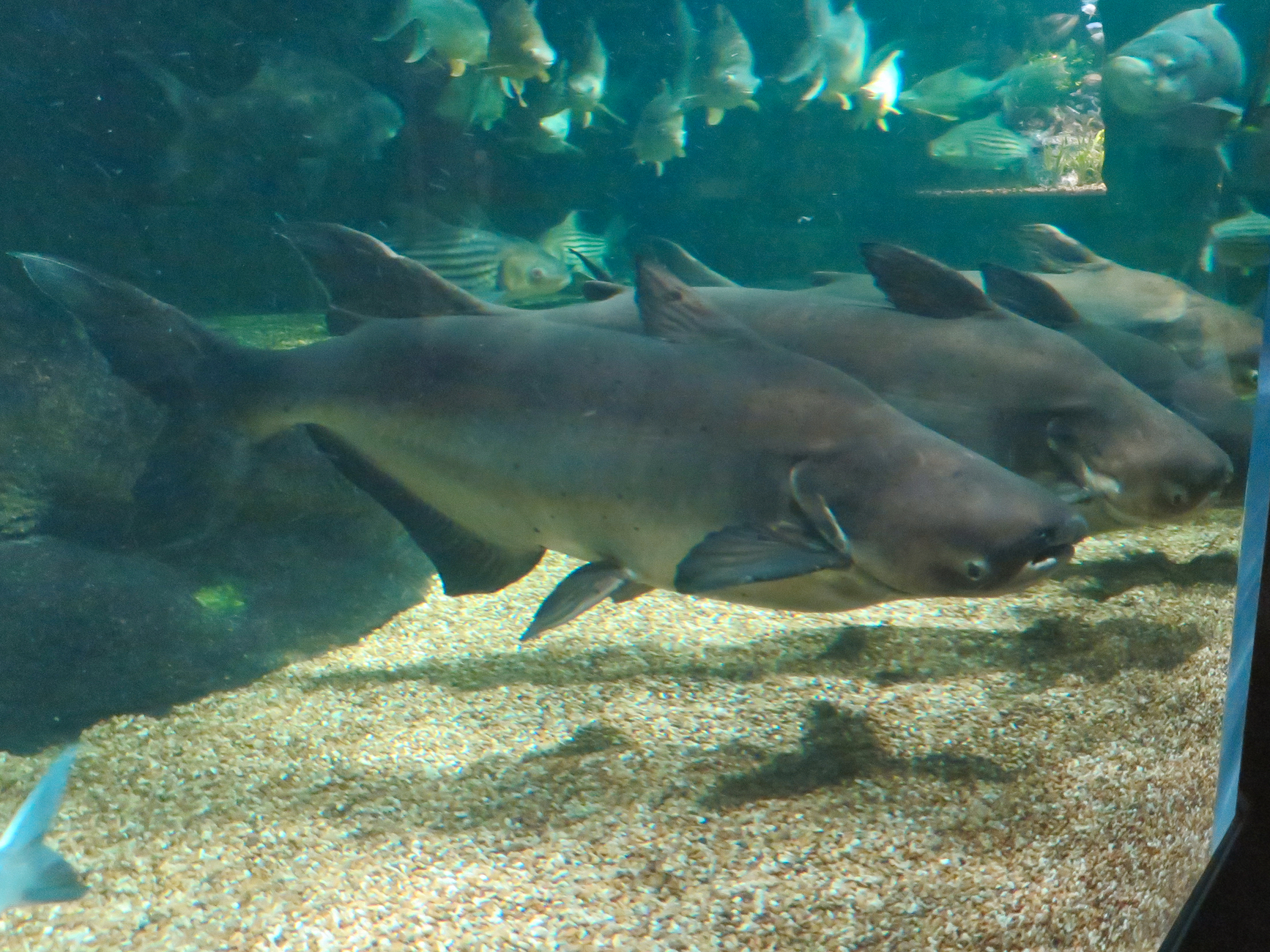
5. Arapaima
The fifth fish im going to be ttalking about are Arapaima.
They are crittally endangered becase of pesticides and over fishing.
And only 330,000 Arapaima left in the world because they have disapeared in parts of the amazon basin
They origane from Amazon River basin and Brazil, Peru and Guyana.
In the wild Arapaima will eat fish but is also known to eat fruits,
seeds, insects, birds and mammals found on the surface of the water.
A female Arapaima can lay 10,000 to 20,000 eggs in a nest dug in sandy sediments and males will protect the young for up to three months.
Arapaima grow rapidly and can reach 3 feet and 20 pounds in their first year and five feet and 90 pounds by their fourth year.
They can also reach upto 440 pounds in the wild and capptivity.
Arapaima can be found as pets in outdoor/indoor ponds but they can outgrow them fast so you would have to keep on buying/buildin lager ponds.

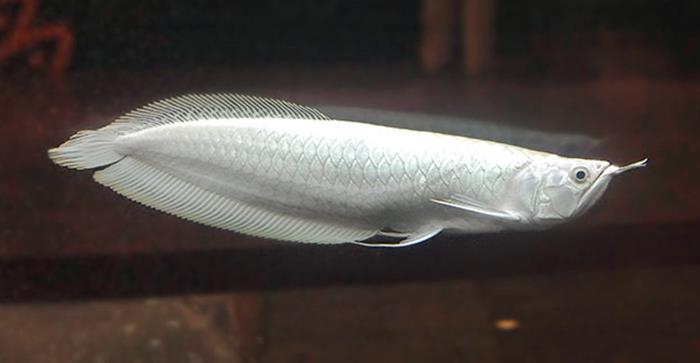


9. Discus
The ninth fish I'm going to be talking about are discus. They are one of the coolest freshwater fish.
They originate from the Amazon rainforest in South America and have many different colors and different designs.
It can grow to a size of 6-10 inches in the wild.
And in captivity they can grow the size of a smaller plate.
When they're in the wild they live near the banks in brackish water and hide in the plants and eat them.
Discus can have 400 babies at once.n An That will eat algae, worms, and small crustaceans.
but they are omnivores so he will also eat small bugs.
When they're in captivity they need plants no matter where they are to hide in.
They eat plants but what makes them even healthier is turkey heart.
And They can grow 5-6 inches in captivity.
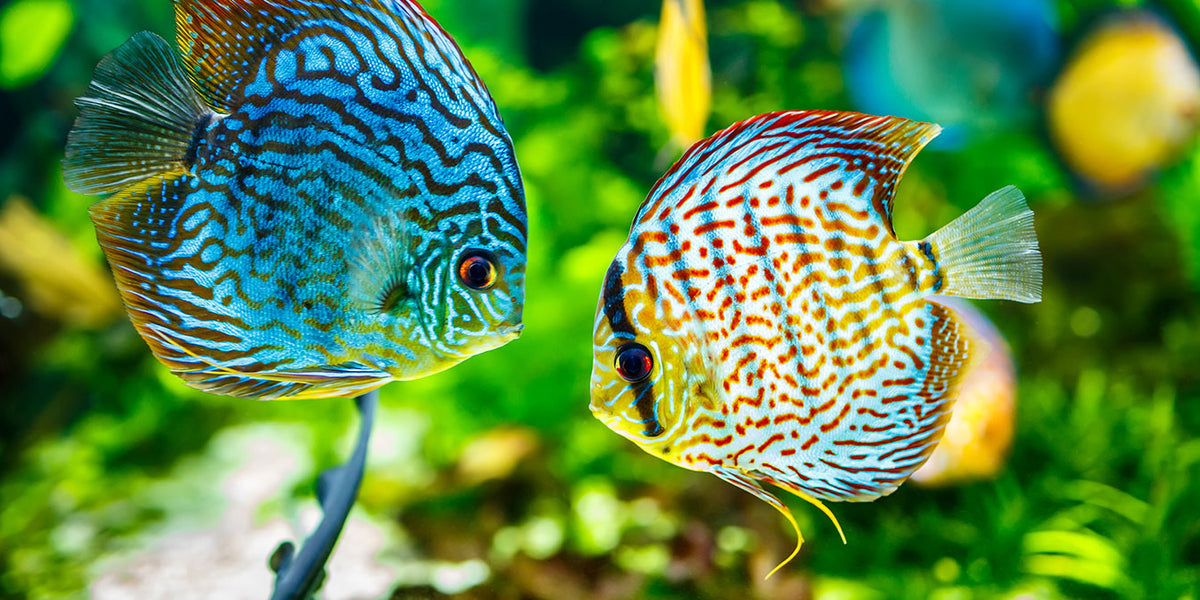
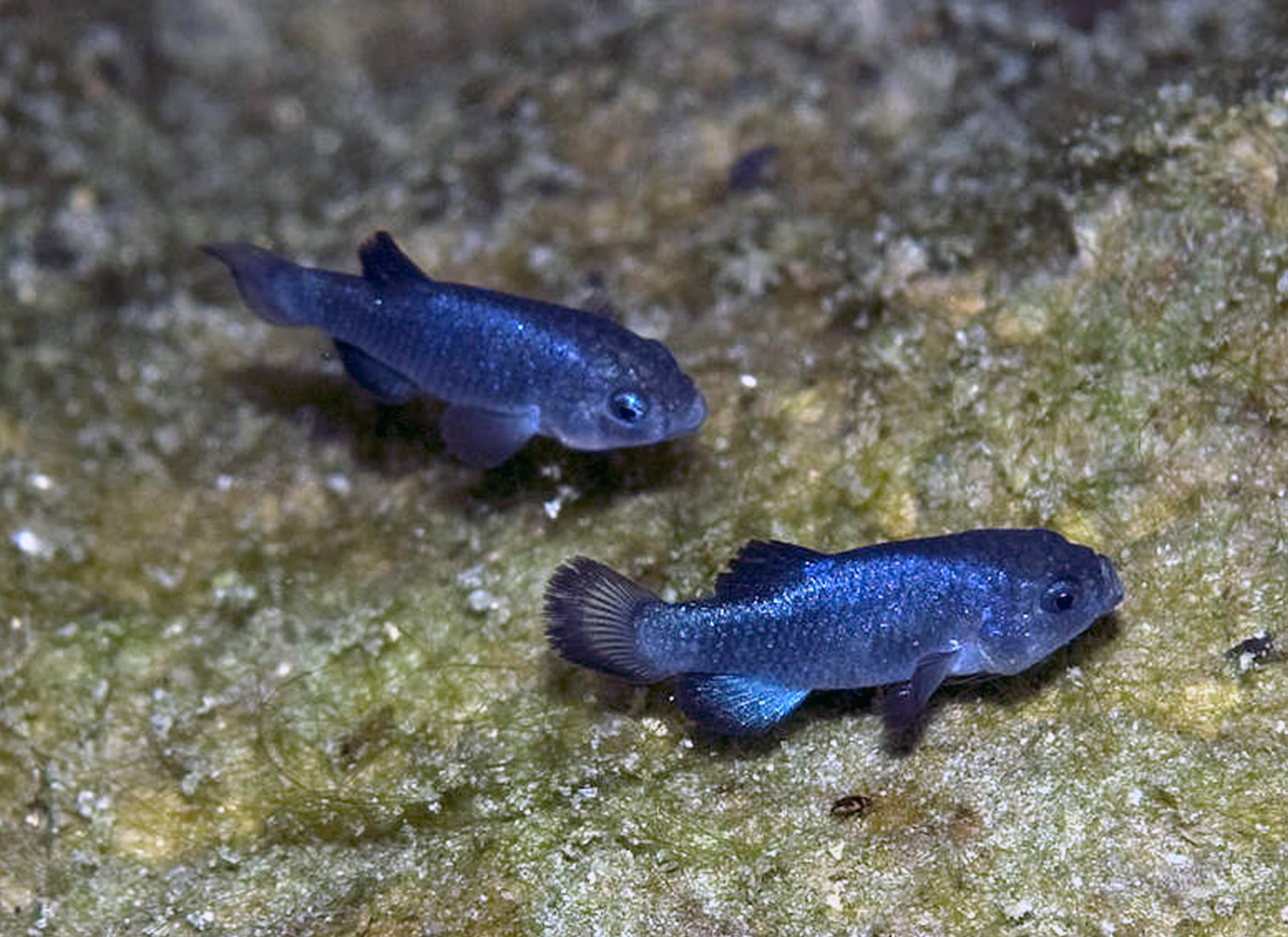
This is natural fishtank. click to reaveal the fish inside the tank.
You have to switch on or off the fish tank's light depending on the time. If it's 9am-8pm, switch on the light. If it's 8pm-9am, switch off the light.
